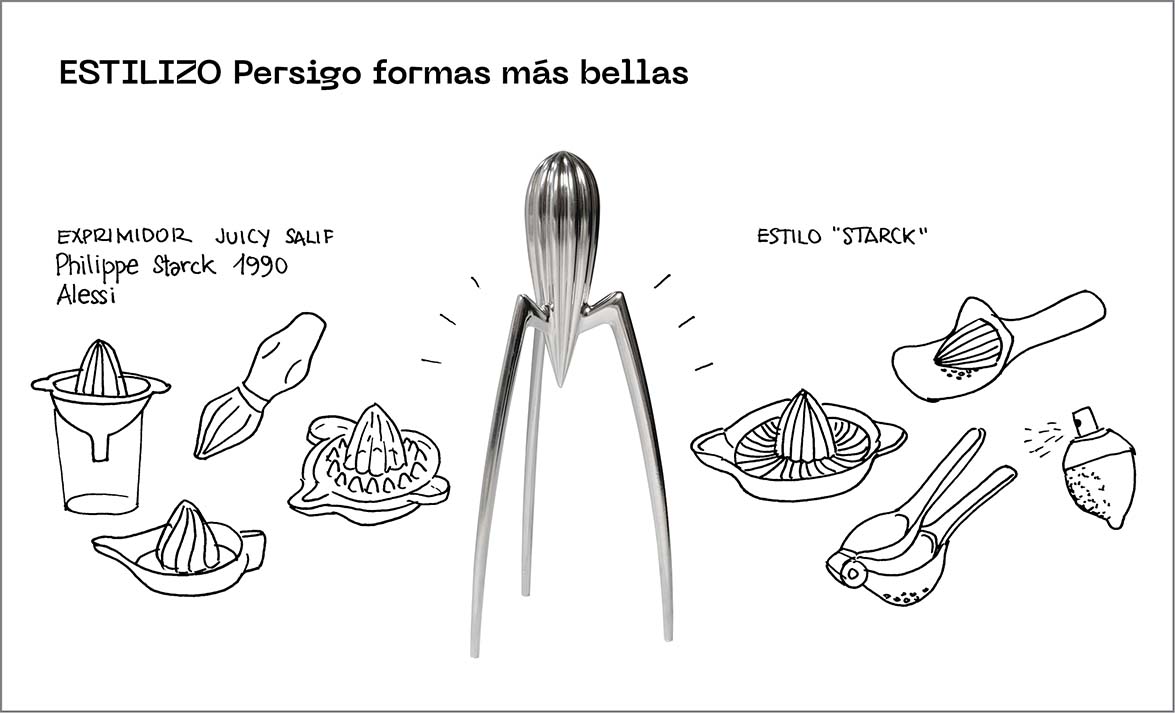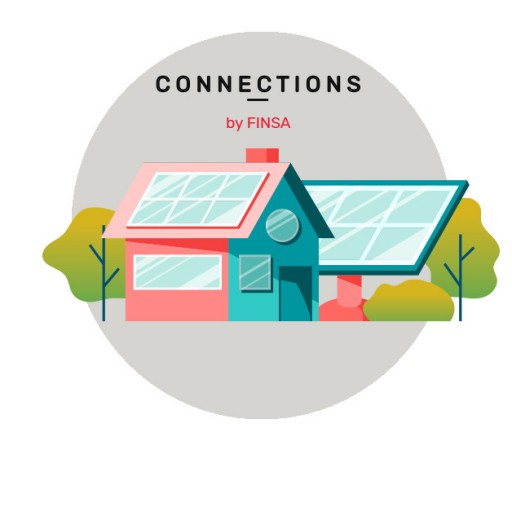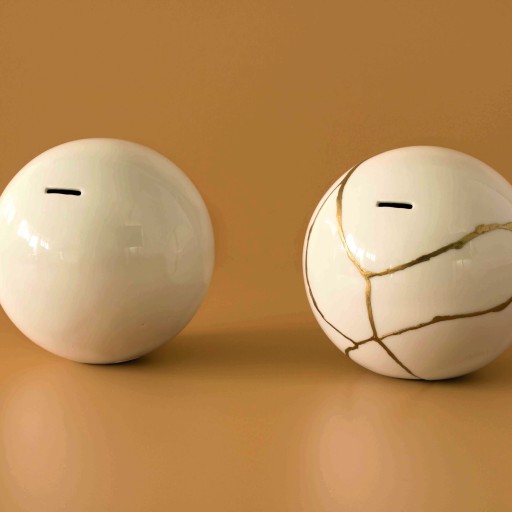To visit the ¡Funciono! Porque soy así (‘I work! Because that’s what I’m like’) exhibition is to immerse yourself in the history of the design we see all around us. In this exhibition, the form and function of objects that we use every day without even noticing them take centre stage, with a focus on the way in which they have changed our lives. Does anyone even know how we remembered anything before the invention of the post-it?
The man behind this exhibition is Juli Capella, a huge fan of objects that know how to tell their story better than anyone. He has chosen three inventions for us from the almost 100 on display at the exhibition to explain three different approaches to design: “One has value in a social sense, one has a more utilitarian value, and the third has aesthetic value. I think that’s the beauty of design, that there are many reasons an object can be valued.”
https://www.instagram.com/p/B7–ampiC9v/?utm_source=ig_web_copy_link
Cheap: the BIC ballpoint pen
“For me, the BIC ballpoint pen is a wonderful piece. It made something wonderful – the democratization of writing – possible. It costs less than a euro and works beautifully. You can get about two kilometres of ink out of it. I’ve never been able to use one until it was empty because I either lose it or someone steals it from me,” says Juli Capella.
The exhibition is divided into ten concepts that objects are based on, and one of them is making them cheap. “I believe it’s a very important element, because it shows that design isn’t just for rich people,” says Capella. The BIC pen would be the best example of this.
This pen was invented by Marcel Bich after he bought the patent for the ballpoint pen from the Biró brothers, and it is considered the most well-designed manual writing tool in the world. It is part of the permanent collections at the MOMA in New York and the Pompidou Centre in Paris.
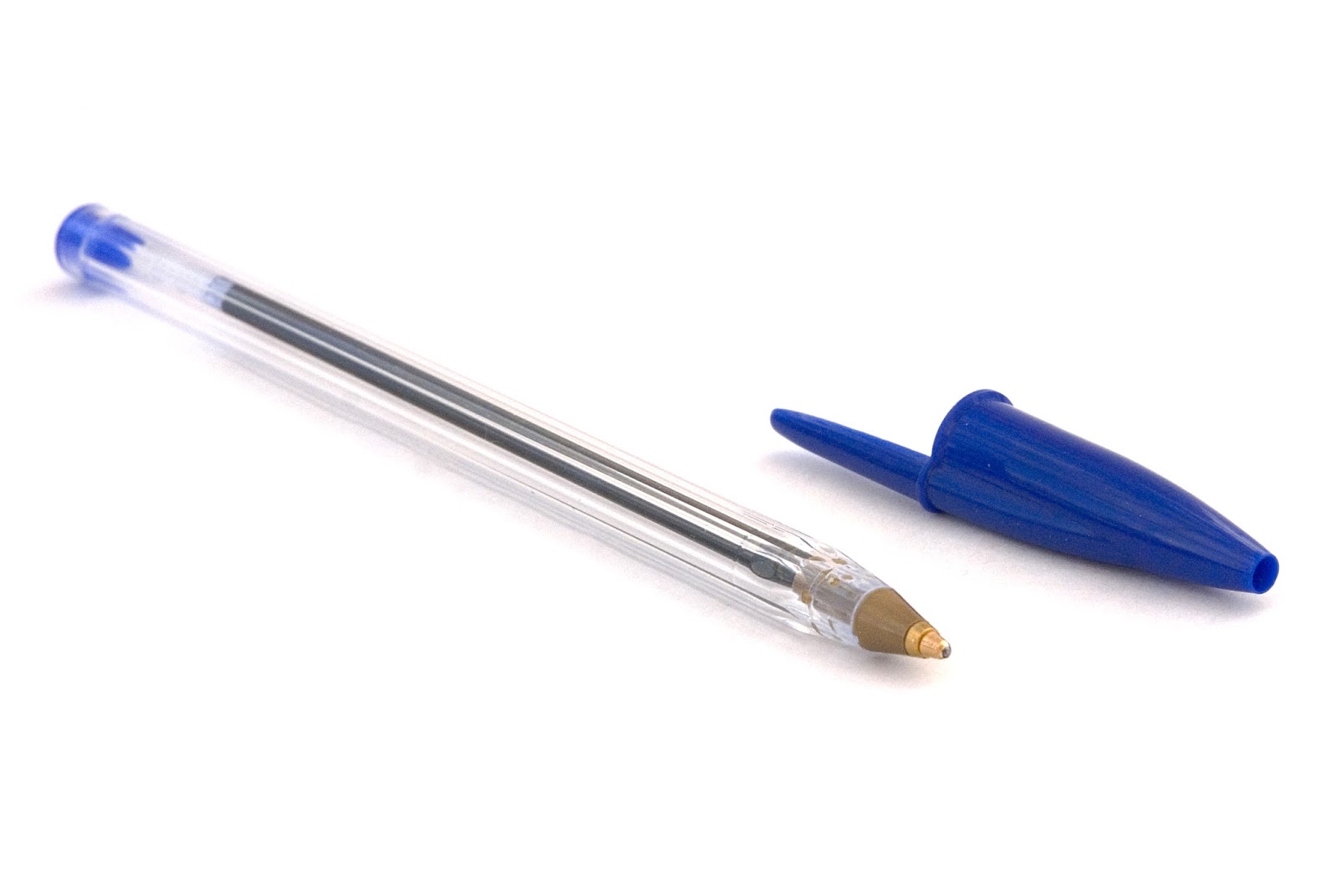
Multifunctional: the Swiss Army knife
“It represents wanting to provide a multi-faceted service. You can use it to cut, but it is also a saw, and has a light, a can opener, a screwdriver, tweezers, and much more. I like that it can almost save your life. If you’re going to a deserted island, hopefully you would take a Swiss Army knife!”
For Juli Capella, this knife, designed by Karl Elsener in 1891 for the Swiss army, is a multifunctional object par excellence. The smartphone is its equivalent in the digital era, because it also performs various functions: it’s a phone, a lamp, a camera, a diary etc.: “The smartphone is the Swiss knife of the 21st century.”
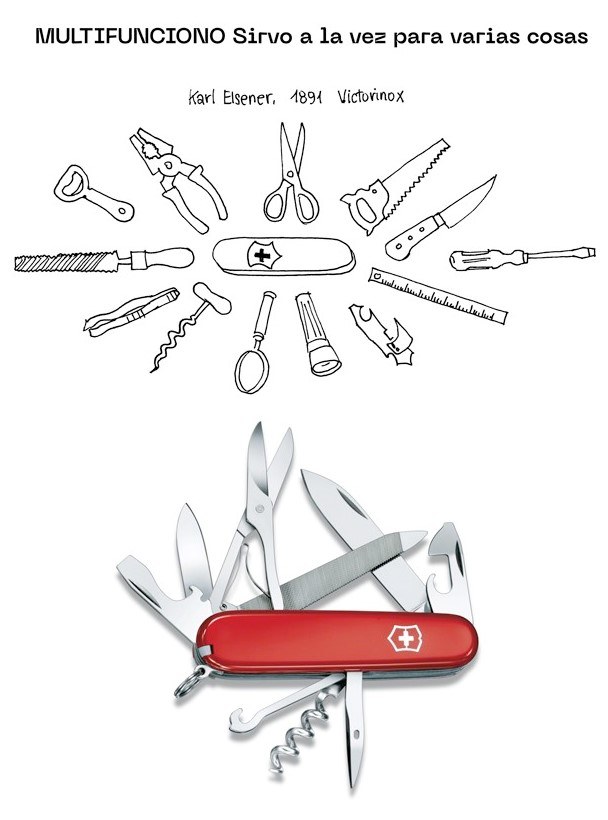
Style: the Juicy Salif juicer by Philippe Strack
The iconic juicer in the shape of a spider which was designed by Philippe Starck is the counterpoint to the two objects mentioned above. “The juicer is an object that is not useful: when you want to juice an orange, the liquid falls down the sides, and it’s so tall that you have to hold it with one hand because it’s unstable. But it has symbolic value because it’s a small sculpture that has made its way into your kitchen,” Capella explains.
At ¡Funciono!, Juicy Salif represents the aesthetic value of design. Starck himself said that “it’s not designed for squeezing lemons, but for starting conversations”.
